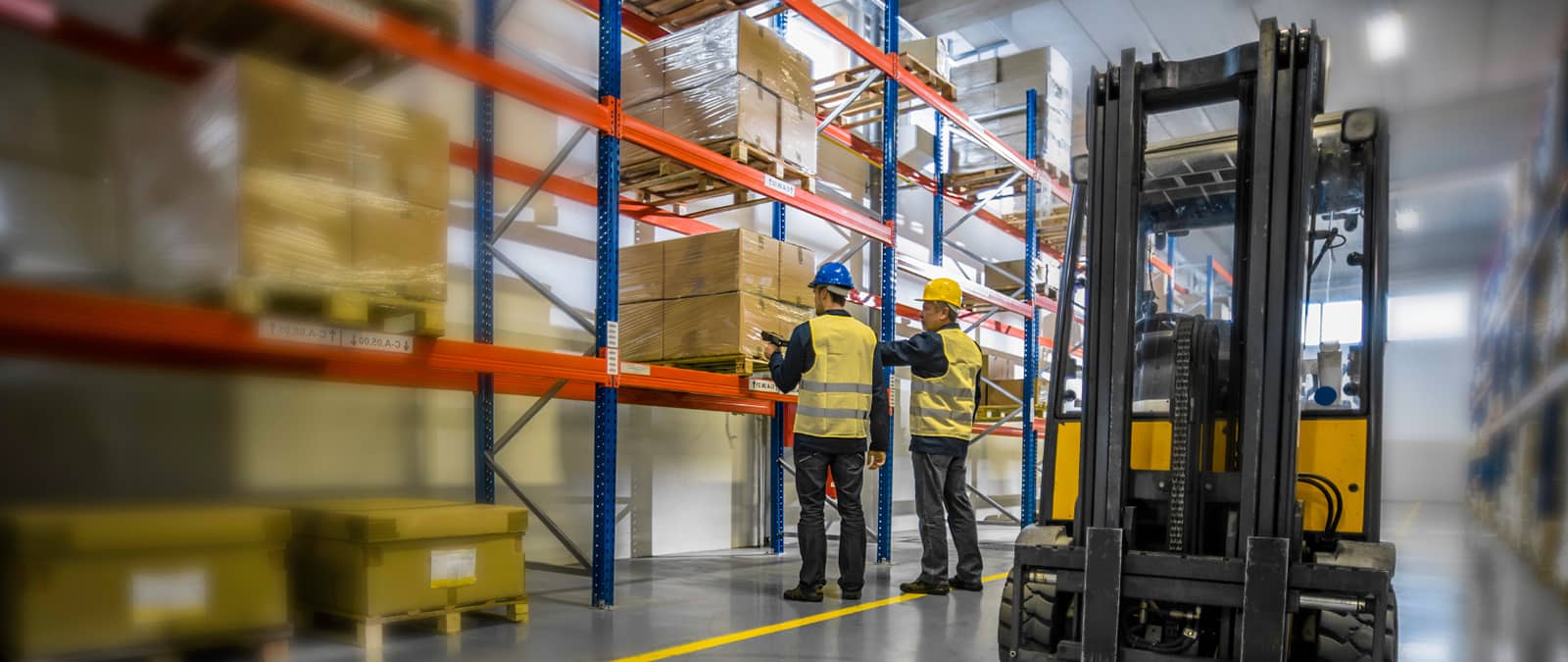China Value Added Services
In the last few years BRi has implemented a supply chain solution based on building in China direct-to-store containers/deliveries to Australia, New Zealand and the rest of the world
As of today we recommend buyers consolidate cargo which then works in with BRi who apply specialised value added logistic services at origin port to build direct-to-store containers, to reduce or even eliminate operations at destination creating a cost advantage. Orders/shipments can move from origin straight to the end-buyers customers or to the nominated delivery address, bypassing distribution centres across Australia, New Zealand and the world
We know that there has been a common trend among companies for some time to offshore logistics to sourcing countries in Asia, particular China, and a core focus has been to implement a strategy that allows for a new distribution solution at destination, in which the bypass of the traditional distribution centre is a major component.
In this context, we have put in place a new model of distribution, based on direct shipments from origin to store or to you as the buyer bypassing the distribution centre which sits within your business or state wide depending on handling requirements. We have named this program the "BRi Direct-To-Store"
We know that
- Direct-to-store takes advantage of the sourcing consolidation platforms located in China, where goods are consolidated, prepared store-or customer-ready and from there shipped to its final destination
- Orders/shipments bypass the distribution/warehouse — supported by a cross-docking solution that allows for reach of final destination — to a regional DC or the actual store
We also know that at the upstream part of the supply chain, direct-to-store distribution relies on sourcing consolidation platforms located in China. Based on our customers feedback and market intelligence we have seen a dramatic increase in products being sourced from Asia and an increased supplier base has become apparent. This has identified significant opportunities to improve control and efficiency in the sourcing process and in the international/domestic transport requirements by setting up consolidation platforms located in China and operated by companies such as ourselves.
Through these platforms:
1. Buyers consolidate cargo from different suppliers (assisted by BRi) within China or coming in from different countries within the sourcing region. The operations of consolidation provide more flexibility to companies in the volumes purchased to suppliers and provide a better control of the flow of goods coming from suppliers located in outside areas
2. Vendor (Seller) management is a common service performed by BRi at the consolidation points. When buyers have a large number of suppliers, we can monitor sellers production, provide QC, manage logistics assuring a timely delivery to the relevant delivery point with transparent reporting/system integration
3. Consolidation platforms provide outbound transportation efficiencies. Consolidation operations improve container optimisation and reduce less than container load (LCL) shipments. Companies can maximise loadability of containers with multiple vendors product or in other cases, shift from one order-one shipment to several orders-one shipment. Improving container loadability can also reduce ocean container freight - (New Australian legislation around "Assembly Goods" and reporting compliance has created separation needs/fees however these are still on the lean side)
4. Outbound shipments can be tailored to demand, organising shipments with less quantity but more frequency.
5. Consolidation platforms make it possible to elaborate multiple product configurations. Different products or products from different sellers can be combined and packaged together. In certain situations, companies locate consolidation platforms in bonded warehouses(Free trade zones, Bonded logistics Parks, etc..) or operate through trading partners in order to avoid a surplus of cost due to customs duties and taxes payment.
These situations are:
i. When importing products from other countries into China for re-export;
ii. When a light processing or a re-packaging (combine different products or combine products from different suppliers) results in a different product category to export (ex: co-packing, a carton display with several products for a retailer);
Value added logistics derives at origin
To drive costs down and increase profit margins, labour intensive activities are being pushed up the supply chain. As a buyer requirement, some value added logistics activities are being performed by suppliers at a very low cost or even at no cost such as pick and pack operations.
In the fashion industry for example, manufacturers in China (or sellers) deliver products already packaged per country of destination or also deliver product pre-packs which consist of preparing packaging units with predefined quantities of several SKU (stock keeping units) such as style/size/colour assortment. However, even if in some sectors sellers go so far already, value added logistics activities are in general performed at the consolidation platform because it is the consolidator of goods coming from different suppliers.
When globalisation involves the whole supply chain, from sourcing to distribution, there is a clear advantage in moving value added services like quality control to origin
Problems can be identified sooner and at a stage when it is still easy to fix them. Products are still close to their manufacturer/seller and it stops balance of payment event which in turn means payment made but QC issue still apparent
Importers can homogenise the quality control criteria and the packaging and appearance of products destined to different markets.
And what is more important importers can protect their business by erasing any track of the suppliers.
We know that QC is also influenced by QC Rep/Seller relationships so at BRi an "extension" of buyer expectation is always first and foremost with no influence allowed or felt by the seller.
Contact Us Rate Request










